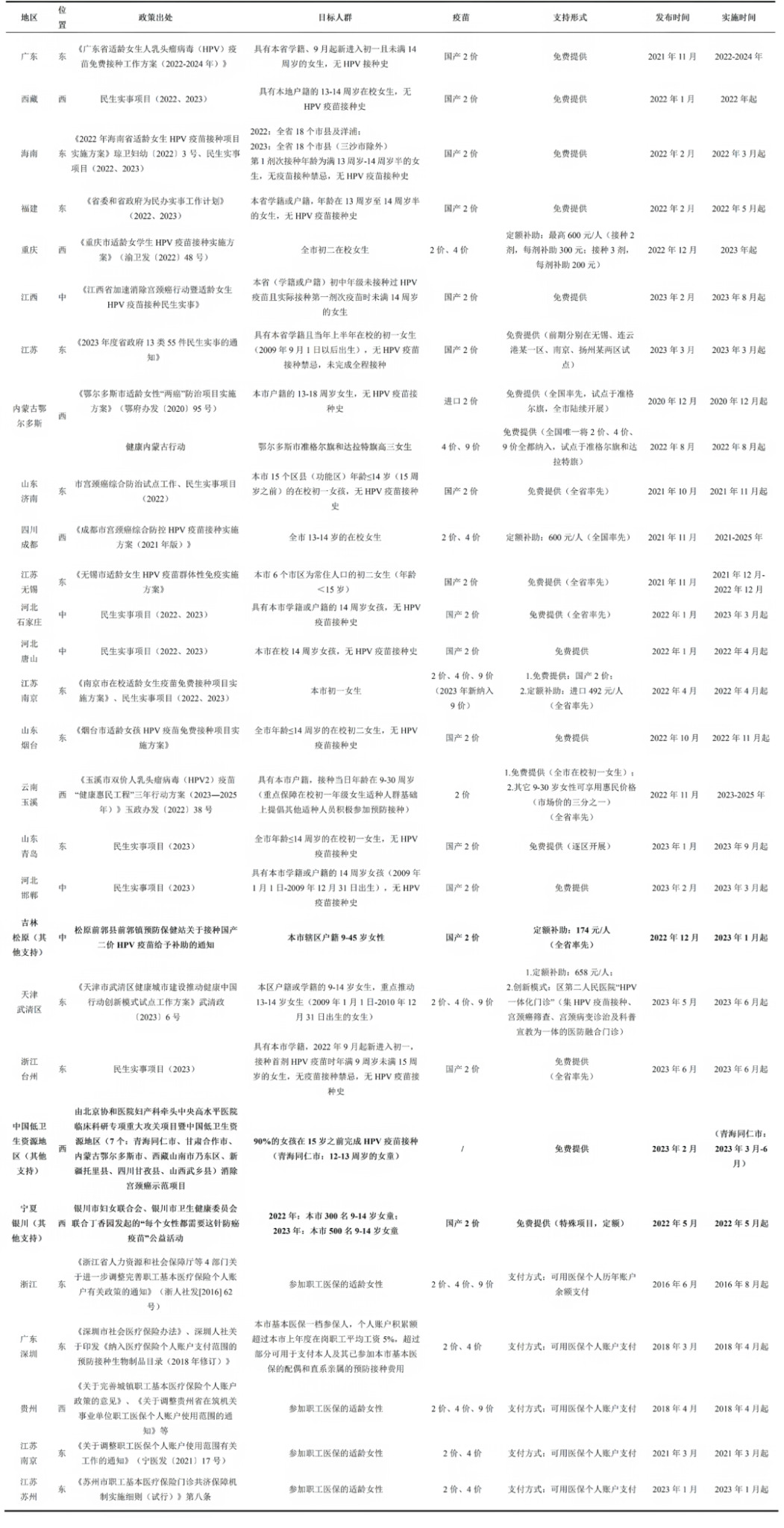“Over the past decade, the overall rotavirus infection rate in China has been on a downward trend, but the disease burden in children remained high,” said Dr. Zeng Mei, Vice Director of the Infectious Diseases Department at the Children’s Hospital of Fudan University, during the technical workshop “Rotavirus Vaccines: Moving from Evidence to Action” held by VaxLab on September 18.
In China, rotavirus is the leading pathogen of infectious diarrhea in children. Among children under five, one out of every three to four cases of infectious diarrhea is caused by rotavirus. It is also the major cause of hospitalization for diarrhea in Chinese children.
“Thanks to socioeconomic development and the expanding coverage of healthcare resources, many children can receive timely medical treatment when they have diarrhea. As a result, we are observing fewer severe diarrhea cases in clinical practice. However, rotavirus infections still peak in winter and early spring, from November to March. Therefore, timely vaccination remains critical,” Dr. Zeng added.
Rotavirus vaccination remains the most cost-effective means of preventing rotavirus gastroenteritis (RVGE), especially severe, hospitalized RVGE. Data from the World Health Organization Global Rotavirus Surveillance Network (GRSN) show that between 2008 and 2016, as rotavirus vaccination coverage expanded, rotavirus detection in hospitalized children with diarrhea decreased by 40%. Additionally, rotavirus vaccines (RV) are estimated to have reduced global rotavirus hospitalization by approximately 59% and prevented 139,000 child deaths by 2019.
“Based on the surveillance data we have collected globally through the GRSN, rotavirus positivity rate at sentinel hospitals in countries where rotavirus vaccine has been introduced is significantly lower than in countries where the vaccine has not yet been introduced,” according to Dr. Heidi Soeters, an epidemiologist in the World Health Organization’s Department of Immunization, Vaccines, and Biologicals.
China launched its first monovalent RV in 2000. Currently, there are three types of RVs available. Despite being recommended by the WHO as one of the ten vaccines that should be included in every country’s immunization program, RVs have yet to be introduced in China’s National Immunization Program (NIP). Thus, RV vaccination for children remains optional and requires out-of-pocket payment from their parents. Vaccine coverage has large disparities across regions.
According to a 2019 study of the RV coverage across ten provinces, Shanghai had the highest RV coverage in China, with the first dose reaching 47%. But still, it’s less than 50%. The national coverage in the same year was only 20.3%. “In Western China and rural areas, many parents are reluctant to spend several hundred yuan on taking one dose of vaccine,” Dr. Zeng commented.
The economic burden of diarrhea-related health issues can be significant for ordinary families. The pooled private cost of rotavirus gastroenteritis per RVGE case in children under five years is estimated at around 206.4 USD. “In reality, it’s not just about the financial burden. When a child is infected with rotavirus, parents often need to take time off work, the household becomes chaotic, and the child suffers. No family wants to go through that,” Dr. Zeng noted.
Dr. Zeng emphasized that based on current scientific evidence, pediatric and immunization experts unanimously recommend RV vaccination during early infancy and advocate for the gradual inclusion of rotavirus vaccines in China’s NIP. However, the process is challenging.
Dr. Zeng suggested that China needs to promote a multifaceted and collaborative approach at the current stage, focusing on strengthening disease prevention for children, enhancing public health education—especially for newborns’ families—and accelerating vaccine coverage for eligible children through treatment and prevention integration strategies.
The seminar also featured Dr. Dang Thi Thanh Huyen, Vice Head in Charge of the National Expanded Program on Immunization, Vietnam National Institute of Hygiene and Epidemiology (NIHE). She shared Vietnam’s decade-long experience in introducing rotavirus vaccines into its NIP.
This year, Vietnam has gradually launched the rotavirus vaccine in different regions’ immunization programs. Initially, the vaccine procurement expenditure will be partially funded by Gavi (20%) and then transit to a full government-financed mode. The NIP’s RV vaccination will first be launched in mountainous areas, expand to 41 provinces by 2025, and is expected to achieve nationwide coverage by 2026. Dr. Huyen highlighted that the key drivers for successfully including new vaccines in the program relied on robust scientific evidence generated from the national immunization and disease surveillance systems, timely supply through locally-made vaccines, and external support from Gavi.
Dr. Anna Du, Senior Program Officer of Health, Innovation, and Partnerships at the Bill & Melinda Gates Foundation’s China Country Office, believes that Vietnam’s experience in introducing the rotavirus vaccine into its immunization program offers valuable experiences. “Although the hygiene conditions in China have improved significantly, children in low-resource areas, particularly in central and western regions and the rural areas, as well as from the underserved urban communities, still lack access to vaccines. They are the children, particularly in need of vaccines. Moreover, the surge in hospital visits during the rotavirus infection peak season also places significant pressure on healthcare providers and medical resources. Therefore, introducing the rotavirus vaccine in the NIP is meaningful and necessary, as it could ensure RV’s equitable access for every child and every family and significantly alleviate the burden on healthcare facilities during peak season,” Dr. Du noted.





